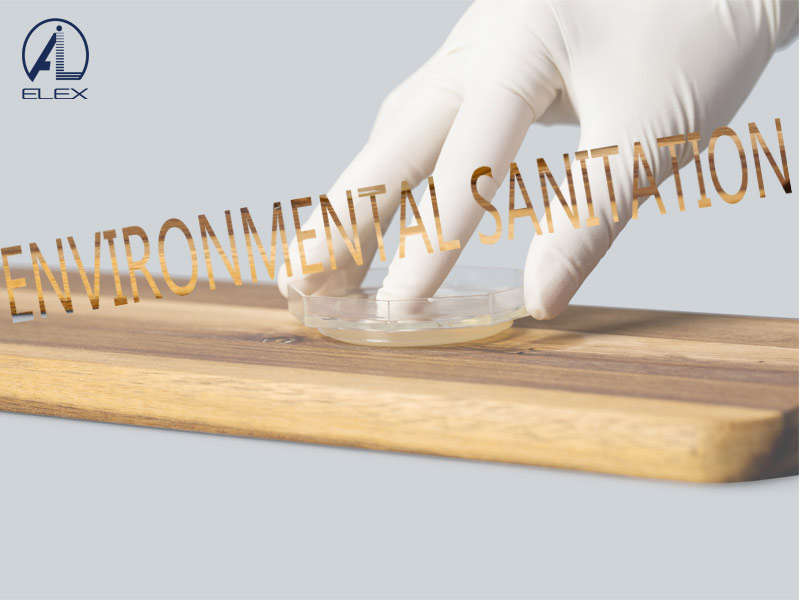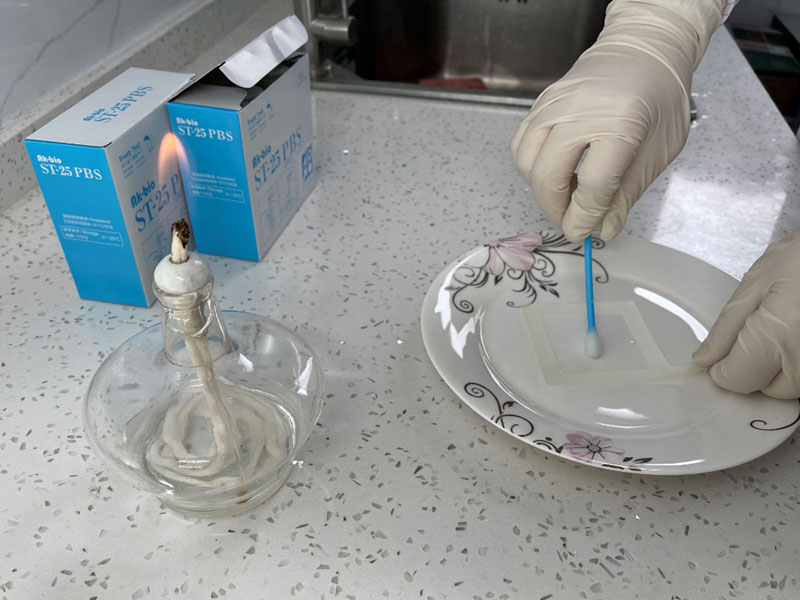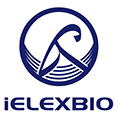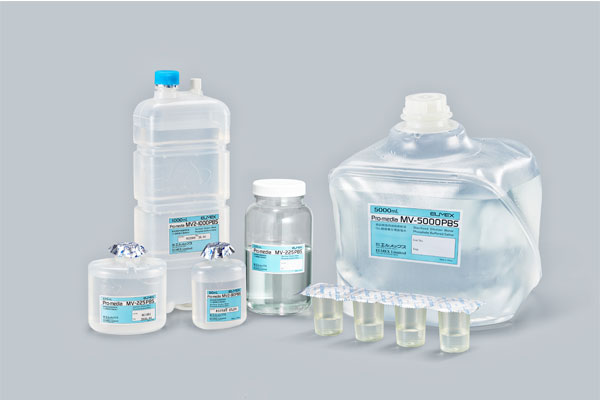A 0.1% pH 6.8~7.0 sterile peptone water, phosphate buffered solution or 25% Ringer's solution are all good diluents. A 0.1% peptone water has better protective effects than pbs phosphate buffer or 25% Ringer's solution, therefore it is the most commonly used diluent solution.
At the lowest dilution level, the sample may change the characteristics of the diluent solution. Especially when the proportion of insoluble water in the sample is large, the solubility of the sample in the diluent solution will be affected. The solubility of food samples is greatly affected by the pH or water activity of the diluent solution. If there is any doubt, the pH of the first dilution level should be determined, and water activity can be measured using a water activity meter or similar device. The change in water activity can be obtained by measuring the soluble solids in the sample. To prevent pH changes, pbs phosphate buffer can be added to the diluent solution.
Highly soluble dry samples (such as milk powder, baby food) have low water activity at the lowest dilution level, and distilled water should be used as the diluent. Generally, the most suitable sterile diluent should be selected through a series of tests, and the selected diluent solution should have the highest recovery rate. The preparation of sample diluents should be completed within 15~30 minutes.
When qualitatively or quantitatively detecting anaerobic microorganisms in food, the oxidation must be minimized. At this time, clostridium culture medium, one of the types of culture medium in microbiology, or a similar medium with similar components should be used as the diluent solution. When preparing sample suspensions, oxygen should be avoided as much as possible. Homogenizers are most commonly used, rather than top or bottom stirring homogenizers, which can only be used when the homogenizing container is filled with deoxygenated nitrogen gas. When detecting anaerobic bacteria that are extremely sensitive to oxygen, in addition to using appropriate diluents, special sample protection measures should also be taken.
A 20% sterile sucrose solution is suitable for the count of halophilic bacteria, and a 15% sterile sodium chloride solution can be used as a diluent solution for the study of halotolerant bacteria (such as salt samples).
 A Tentative Study on the relevance of HACCP certification and infection control in hospital
A Tentative Study on the relevance of HACCP certification and infection control in hospital
 Environmental Sanitation Microbiology Testing
Environmental Sanitation Microbiology Testing
 Microbiology Test in Food Industry
Microbiology Test in Food Industry
 The Applicability of High-quality Ready-to-use Swab Sampler for Tableware Sampling and Public Places Supplies and Utensils Microorganisms
The Applicability of High-quality Ready-to-use Swab Sampler for Tableware Sampling and Public Places Supplies and Utensils Microorganisms
 Spike Experiment of DNP Culture Media Plate Based on Ice Cream
Spike Experiment of DNP Culture Media Plate Based on Ice Cream


